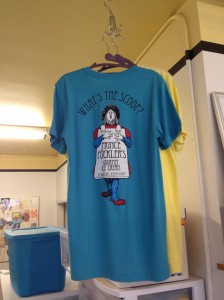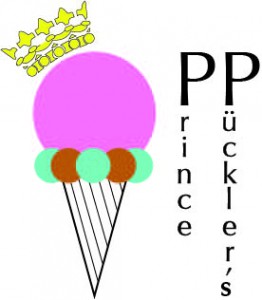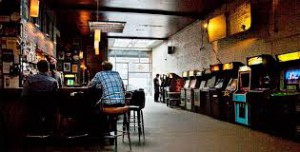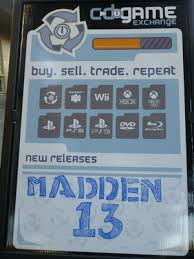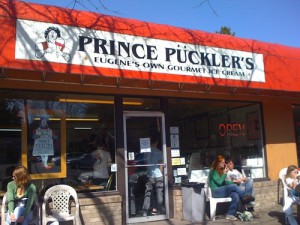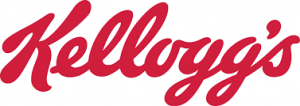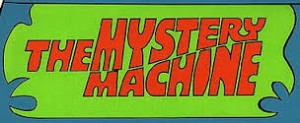Prince Pückler’s Media Inventory
This post is going to be a bit short because I cannot find all that many media channels that Eugene’s favorite ice cream shop participates in.
1) The Website: http://princepucklers.com/
This site has most everything that one would want to know about the company: its hours, weekly specials, menu and prices, a few photos, locations where Prince Pückler’s ice cream is sold, and a few (out of date) news stories. Ice cream is a pretty simple product to sell, and their website really gives an adequate amount of information: nothing too frilly.
2) The Facebook page: https://www.facebook.com/princepucklersicecream?fref=ts
The facebook page is similar to the website, though it features less regular information such as the comings and goings of various specialty or seasonal flavors (egg nog is in, fresh strawberry is out). As well as some photos (many repeats from the website), general hours, contact info, site URL and other such information. Again, a simple product with a simple facebook page. It is nice that this does give pretty regular updates about the special flavors that one might be able to find at the shop.
3) The Twitter page: https://twitter.com/PrincePucklers
I was actually surprised at how lively the twitter page is. Like the Facebook page, it lists updates on seasonal flavors as well as pictures of nice-looking cakes and sundaes. The really nice thing about their twitter page is that all sorts of people post on it from UO Students all the way up to Senator Ron Wyden. It would seem that we all scream for ice cream.
As it seems that Prince Pückler’s has little to no advertising presence, these t-shirts are probably doing the heavy lifting as far as printed collateral is concerned. The logo and tagline leave a bit to be desired, but the visibility that these provide is pretty great. Nothing like a bunch a walking billboards to advertise your ice cream!
